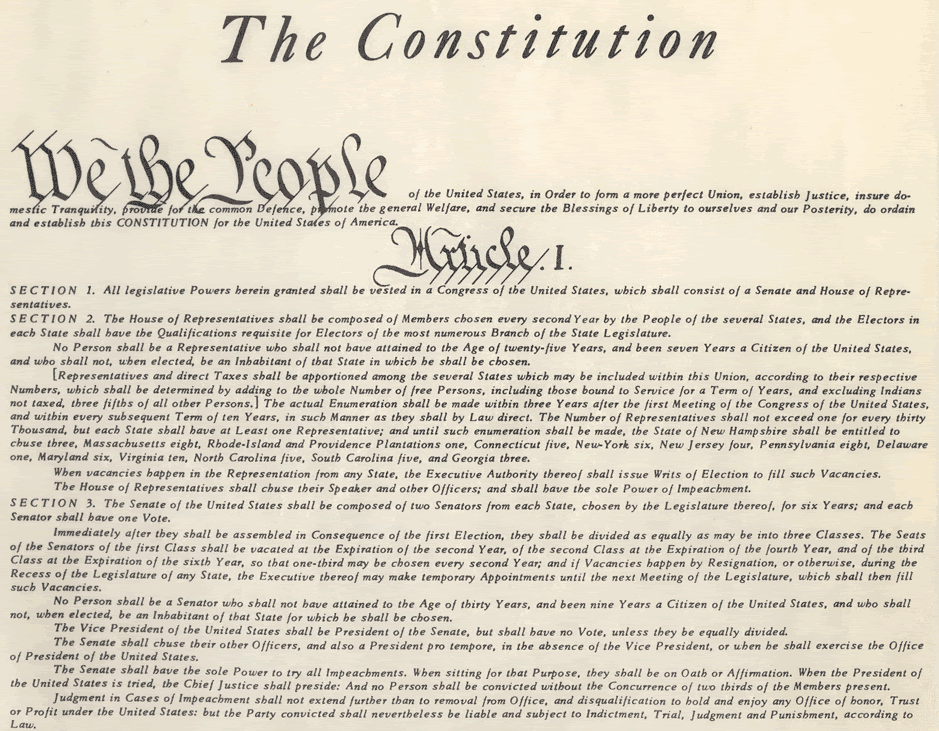
The time has almost come. By next week it will have passed.
While I should be performing other tasks and thinking about other things, my mind keeps wandering back to the fact that I was born 60 years ago on Thursday. The number addict in me observes that 60 = 22 * 3 * 5 is a special number. But we all knew that, didn’t we?
Sixty minutes in an hour, so a minute is minute (small). And a second is called a second because it is 1/602 part of an hour…second power. Magic number…as is 360 (= 23 * 32 * 5) …perhaps because it can be divided so well into equal pieces in so many ways. Anyway, the Sumerians thought a sexagesimal system was cool…and that gave us our timekeeping strategy and the way we measure angles. Who knew…until much later, that 60 was also the number of elements in the smallest non-abelian simple group?
One could go back further than the Sumerians and discover that the Chinese use a calendar with a cycle of sixty years…the Jia-Zi system.
each year within the 60-year cycle being named with two symbols, the first being base-10 (called Tian-Gan, ?? or heavenly stems) and the second symbol being base 12 (called Di-Zhi, ?? or earthly branches).
60 is the least common multiple of 12 and 10, of course.
Magic numbers are scarce, until you actively look for them. Then you discover that all integers are magic.
Proof: Let x be the smallest non-magic positive number. If x exists, x would be special…and so x would be magic from some perspective or other. If no such x exists, then all postive integers are magic by induction.
Sort of. Not a real proof, of course. The term “magic number” has not been defined here…as I purposely intended.
But I digress…







 Once upon a time I took an idea from real life and tried to implement it online.
Once upon a time I took an idea from real life and tried to implement it online.